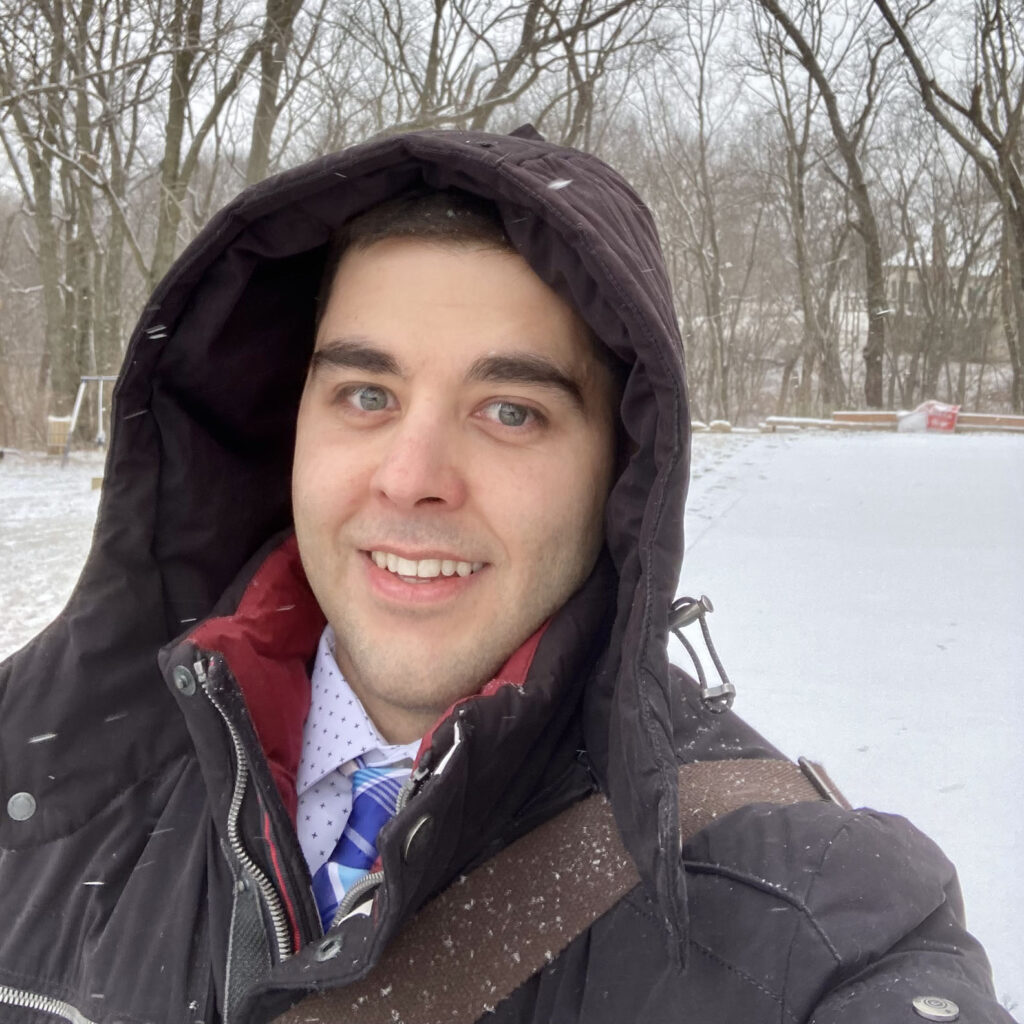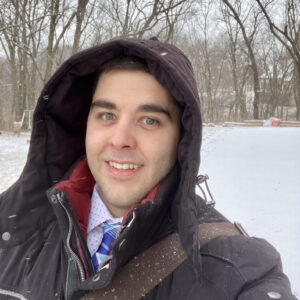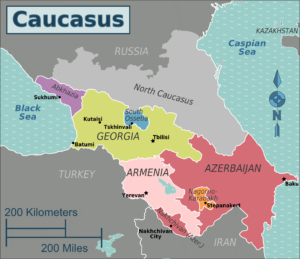Illuminating Humanities: Stephen Badalyan Riegg
Highlighting Humanities Research and its Impact
Stephen Badalyan Riegg | Department of History
by Megan Bodily


Dr. Stephen Badalyan Riegg, Associate Professor, Department of History, Texas A&M University
The Glasscock Center is excited to continue this series that highlights humanities research at Texas A&M, as well as the vital role played by the humanities beyond the academy.
For this highlight, we invite Dr. Stephen Badalyan Riegg to tell us about his archival research visit to the Library of Congress in spring 2022, supported in part by the Glasscock Center.
Dr. Stephen Badalyan Riegg is an Associate Professor in the Department of History. He focuses on Russian imperialism during the nineteenth century in the Caucasus region. In his first book, Russia’s Entangled Embrace: The Tsarist Empire and the Armenians, 1801-1914 , Dr. Riegg investigated the “simultaneous, messy realities” of imperial rule between the Armenian diaspora and the Romanov state. “The messiness is exactly what I’m trying to emphasize, but also make sense of, because once we get a clearer understanding of the complexities we are less likely to engage in reductionist [and] essentializing narration,” Dr. Riegg says.

Map of a modified Caucasus regions by Travelpleb with Czech translation by Honza Záruba; based on map created by Peter Fitzgerald and the map of ethno-linguistic groups by Pmx
Throughout the years, the Glasscock Center has been pivotal in supporting Dr. Riegg’s research. Dr. Riegg received a Glasscock Center Faculty Research Fellowship for 2020-21, which is designed to address a need for funding research that could not be accomplished otherwise in order to complete a major research project that makes an impact in the faculty member’s field and humanities in general. As part of his fellowship, Dr. Riegg presented his work titled “Cocooned in the Caucasus: Dreams of French Silk as Russia’s Edge in the 1820s and 1830s” at a colloquium hosted by the Glasscock Center, which resulted in an article in the journal Cahiers du Monde russe.
In Spring 2022, Dr. Riegg traveled to the Library of Congress in Washington, D.C., to review both unpublished and rare published primary sources for his current project supported by a Glasscock Center faculty Archive and Fieldwork Grant (now combined with Faculty Research Fellowships). He notes that travel is key for historians because advanced research projects require unpublished primary documents that may not be digitized. Russia’s invasion of Ukraine in February 2022, forced historians of Russia historians to get creative as travel to Eastern Europe became more difficult.
The Library of Congress has the largest depository in North America of primary sources from the tsarist government. Specifically, the Library of Congress is home to the Yudin Collection, which contains about 80,000 volumes sourced from the private library of Siberian businessman and book collector Gennadii Vasil’evich Yudin (1840-1912). Dr. Riegg examined official correspondence, decrees and orders, statistical information, diaries produced by retired officials and by other agents of the State, and rare travelogues, either by ethnic Russians traveling in the Caucasus or by Western Europeans going to the Caucasus in the early nineteenth century.
Most recently, Dr. Riegg received a Symposium and Small Conference Grant to support a meeting at Texas A&M in Fall 2024 of the Texas-based scholars of Russian, East European, and Eurasian Studies (TREEES). This interdisciplinary gathering will include presentations of works-in-progress and provide opportunities for faculty, staff, students, and the general public to learn about the variety of perspectives on Imperial and Soviet legacies, as well as their impacts on the present.

Dr. Riegg poses with Catherine the Great (Catherine II, empress of Russia) and Peter the Great (Peter I, emperor of Russia) impersonators in St. Petersburg, Russia. Photo provided by Stephen Badalyan Riegg.
“I’m very grateful to the Glasscock Center for every type of assistance, whether it’s financial or just helping me blabber on about my research to audiences,” Dr. Riegg says. “Every kind of help from the Glasscock Center makes a real contribution to my progress.”
Dr. Riegg’s current research project explores the strategies of the Romanov Empire to govern the Caucasus between 1800 and 1917. At its height, the Romanov Empire covered one seventh of the planet’s land surface with around 8.5 million contiguous square miles. Not only was it the largest land empire in the nineteenth century, but it was arguably one of the most diverse with approximately 120 distinct ethno-national, religious, and/or cultural groups of residents. Maintaining order with such a diverse population across a large territory was no easy feat. Dr. Riegg argues that in its quest for authority and control, the Romanov Empire utilized experimental strategies, such as outsourcing certain political and socio-cultural tasks to foreign expatriates.
“This project specifically is looking at how the Russians either actively recruited or just kind of passively tolerated the arrival of these really diverse colonists, missionaries, and entrepreneurs the Caucasus to whom the Russian authorities basically outsourced some of the functions of Empire building,” Dr. Riegg says.

View of the researcher desks inside the Main Reading Room in the Library of Congress Thomas Jefferson Building in Washington, D.C. Photo provided by Stephen Badalyan Riegg.
Dr. Riegg believes the fundamental contribution of his research is to add nuance and complexity to our understanding of the very different tools the Russian authorities used to build the world’s largest contiguous empire, which, he notes, is “becoming more important today for unfortunate reasons” with Russia’s most recent invasion of Ukraine.
“I think it’s vital for us to get at the nuances of the past, because that shapes how we understand the present and lets us start thinking about the future,” Dr. Riegg says.
